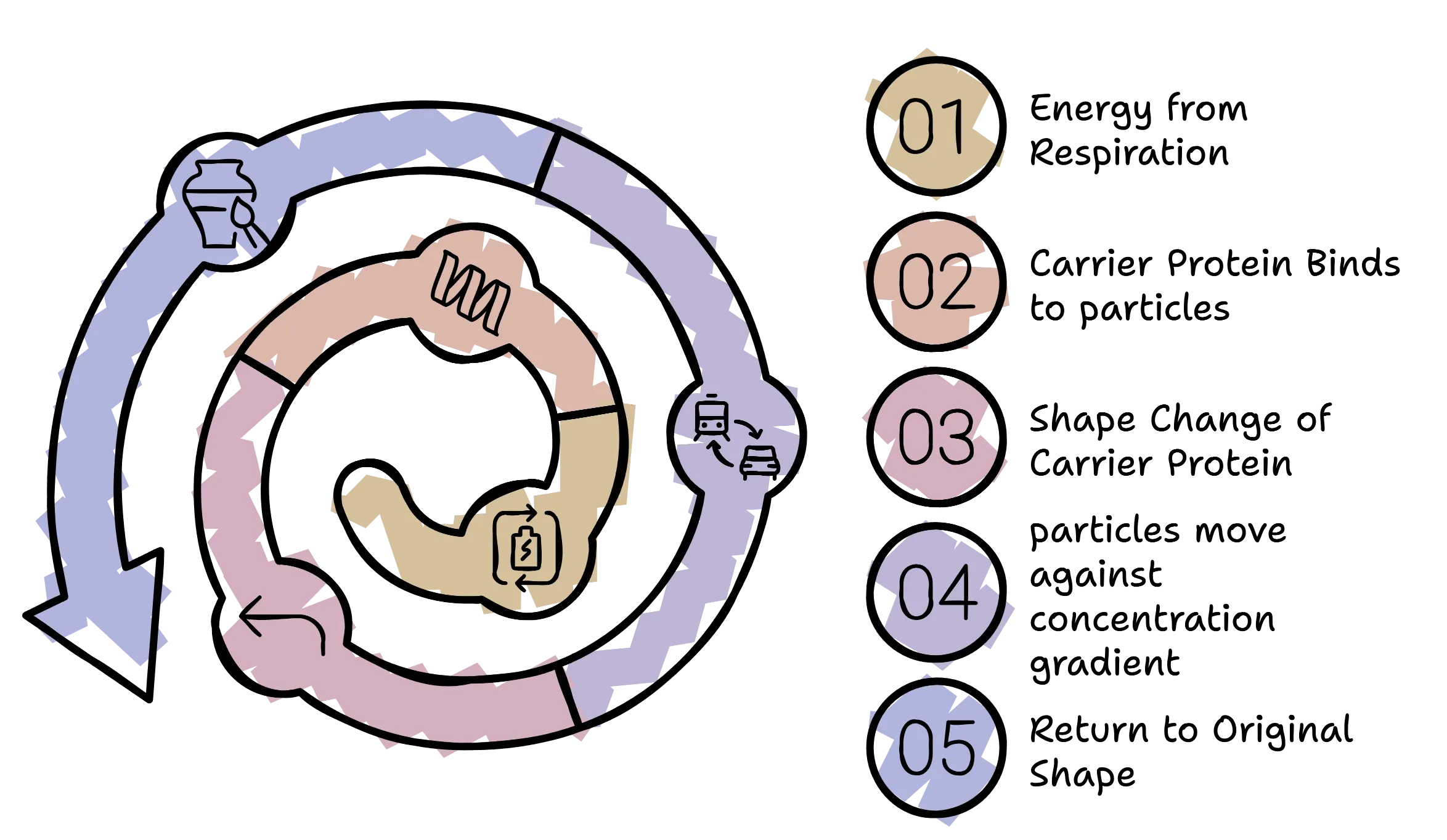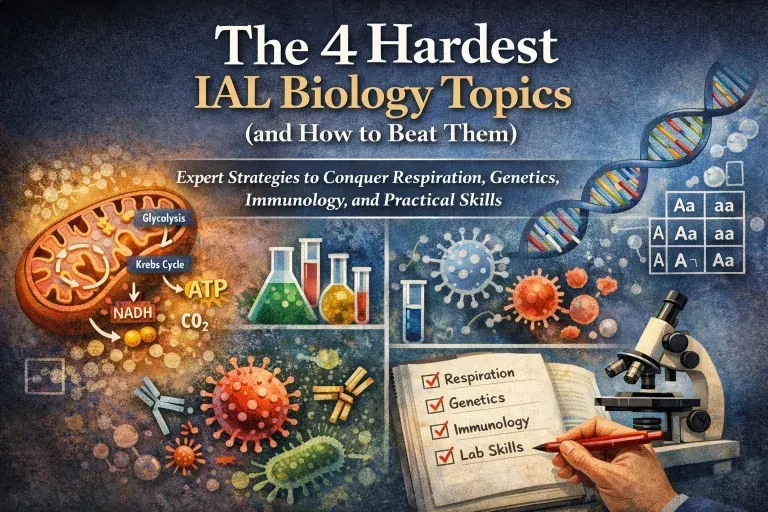IGCSE Biology Notes for 2026 Exams
Diffusion, Osmosis and Active Transport
1. Understanding Diffusion
Diffusion is the net movement of particles from a region of higher concentration to a region of lower concentration. This process occurs due to the kinetic energy of particles, causing them to move randomly. Four factors affect the diffusion rate: surface area, distance, concentration gradient, and temperature.
2. Factors Affecting Diffusion
Surface Area: Structures like alveoli and villi have large surface areas to facilitate faster diffusion.
Short Distance: Thin structures, such as alveolar walls, speed up diffusion.
Concentration Gradient: A steeper gradient increases diffusion speed.
Temperature: Higher temperatures enhance particle movement, accelerating diffusion.

3. Exploring Osmosis
Osmosis is the movement of water molecules through a semipermeable membrane from higher to lower water potential. Unlike diffusion, osmosis specifically involves water and requires a semipermeable membrane.
4. Osmosis in Action
Water potential influences osmosis, with water moving from areas of high to low potential. The cell membrane's selective permeability allows only small particles like water to pass through, while larger molecules like glucose cannot.
5. Osmosis in Plant vs. Animal Cells
Plant cells have a rigid cell wall and large vacuole, affecting osmosis differently than in animal cells. The cell wall prevents dramatic shape changes, while the vacuole's membrane facilitates osmosis.
6. Effects of Osmosis on Cells
In dilute solutions, animal cells may burst due to excess water intake, while plant cells become turgid. In concentrated solutions, animal cells shrink (crenation), and plant cells lose turgor pressure, becoming flaccid.
7. The Role of Turgor Pressure
Turgor pressure, exerted by the vacuole on the cell wall, is crucial for plant rigidity. It helps plants remain upright and prevents wilting. Loss of turgor pressure leads to wilting and plasmolysis in plant cells.
8. Active Transport Explained
Active transport moves particles from lower to higher concentration areas using energy from respiration. Carrier proteins in the cell membrane facilitate this process by changing shape to transport particles.
9. Carrier Proteins and Energy
Carrier proteins are essential for active transport, using energy to move particles across membranes. They return to their original shape after transporting molecules, highlighting the dynamic nature of cellular processes.

Try a free Class
IGCSE and IAL Guide for 2025 - 2026 Exams















